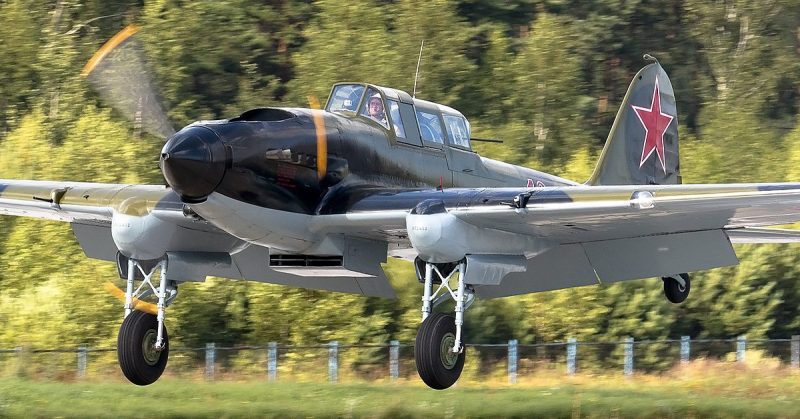Of all the Soviet combat aircraft in WWII, the Ilyushin Il-2 was one of the most important. This Russian plane was produced in great quantities with an approximate 36,000 made in a 4-year period.
While the Il-2 was well-designed and effective, there are only two flyable examples left today. Considering there are approximately 55 flyable Spitfires today, why are there not more examples of this mass-produced plane?
The small number of surviving Il-2 planes can be linked to the design and use of the aircraft. In the 1930s, the Soviet government was interested in antitank aircraft and the Soviet Central Design Bureau came up with some designs. The team, under Sergei Vladimirovich Ilyushin, came up with two prototypes that would turn into the Il-2.
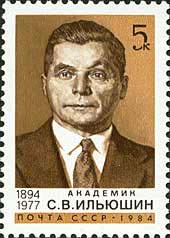
The prototypes demonstrated the usefulness of the Ilyushin design. Soviet factories started to be set up for production in early 1941. The designation for these aircraft was Il-2 Shturmovik which is a general term used for close-support aircraft.
The original Il-2 was armed with two ShKAS 7.62-millimeter machine guns and two ShVAK 20-millimeter cannons. There were also rails for eight 82-millimeter RS-82 rockets. This made the plane the first attack aircraft to carry rockets and light bombs.
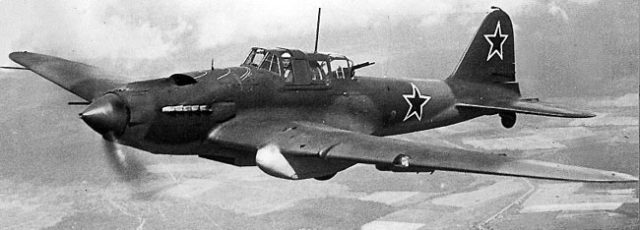
By June 1941, 249 Il-2s had been built, but the planes were so new that pilots did not have training in tactics or flight characteristics. This led to losses when the German army invaded, with ten Il-2s lost to enemy action in the first three days. 19 further planes were lost to other causes and by July 10, the 4th ShAP was down to ten aircraft from 65.
Over time, the tactics used by the Soviet army improved and the Il-2 was widely deployed on the Eastern Front. The aircraft was able to carry weapons that defeated the armor of the Tiger I and Panther tanks. The planes could also fly in low light conditions.
The armor of the plane made it generally invulnerable to most attacks by enemy fighters. Anything less than 20-millimeter fire would not be able to bring the plane down.
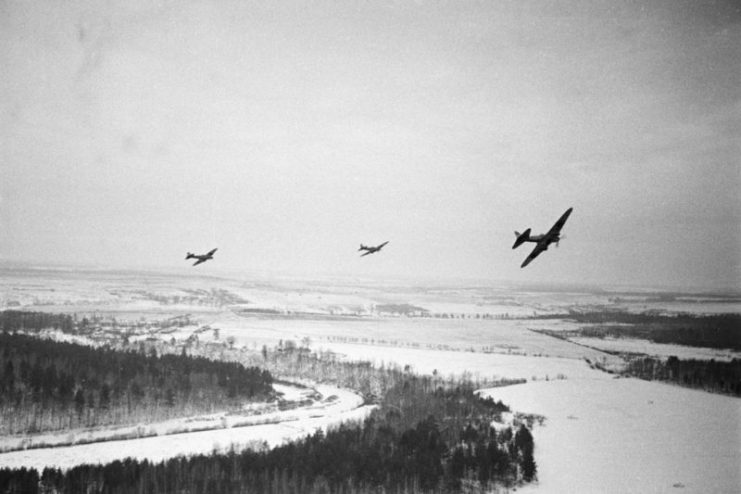
The armor is actually one of the reasons why there are few surviving Il-2s today. As the planes were among the most durable in the war, they were generally sent to the worst combat zones. German ground fire was the biggest threat to these planes.
When it came to aerial combat, the Il-2 was fairly effective against transport aircraft and slow bombers. The heavy losses in dogfights came when they faced dedicated fighter planes such as the Focke-Wulf Fw 190.
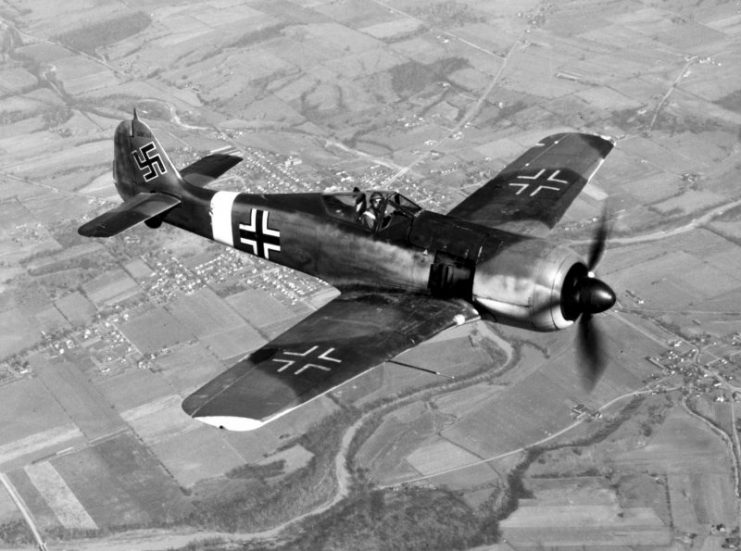
Losses to enemy fighters were high and are among the highest of all types of Soviet aircraft. However, many believe that this was to be expected when the number of Il-2s in service is considered.
The disparity in aerial battle can be seen during the battles in the Karelian Isthmus, part of the Vyborg Offensive in the summer of 1944. In the battle, Finnish and German fighter squadrons took a toll on the Soviet Il-2 squadrons. In 30 days, the enemy fighters were able to shoot down 164 Il-2s.
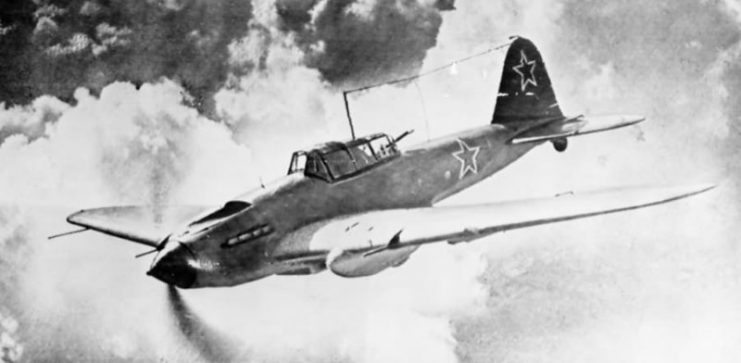
The improvement process essentially redesigned the aircraft from scratch. The new aircraft became the Il-10 which looked like the Il-2 but offered a completely different construction. The introduction of the Il-10 made the Il-2 obsolete and reduced the numbers being produced.
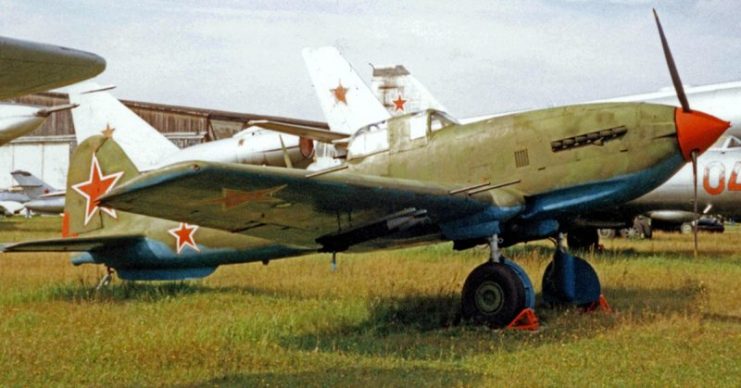
After the war, the last Il-2s were decommissioned in 1954. This is a vast contrast to the dedicated fighters that are well-known today and have many flyable examples. The Bf-109 and Spitfire continued to be developed and used long after the end of the war.
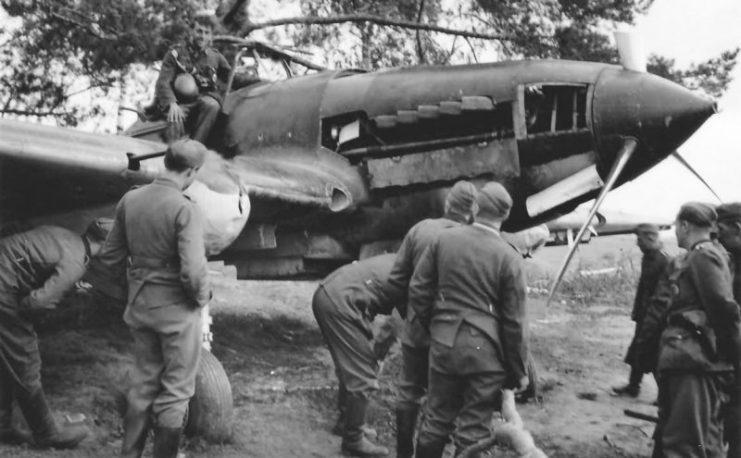
Another contributing factor to the limited survival of these planes is the shortage of raw materials after the war. In the immediate post-war years, weapons and aircraft were recycled to provide the materials needed to rebuild. This included aircraft like the Il-2 which would be more valuable as scrap than as a full plane.
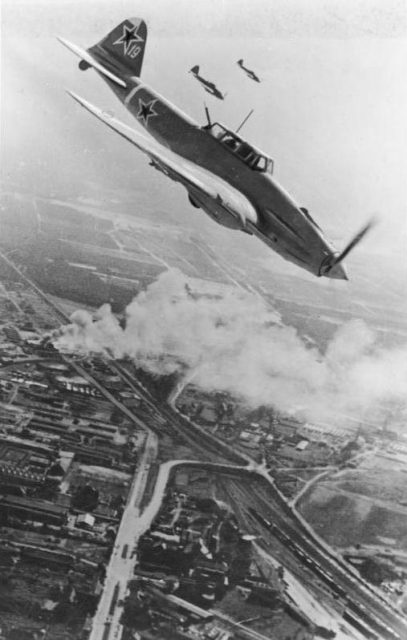
Between the end of the war and the 1970s, there was also a lack of interest and appreciation for old technology.
In the years between, the aircraft would have been left in unused corners of airfields where the elements would erode them. By the time the Il-2 was appreciated, the surviving planes would require large amounts of work to be fixed.
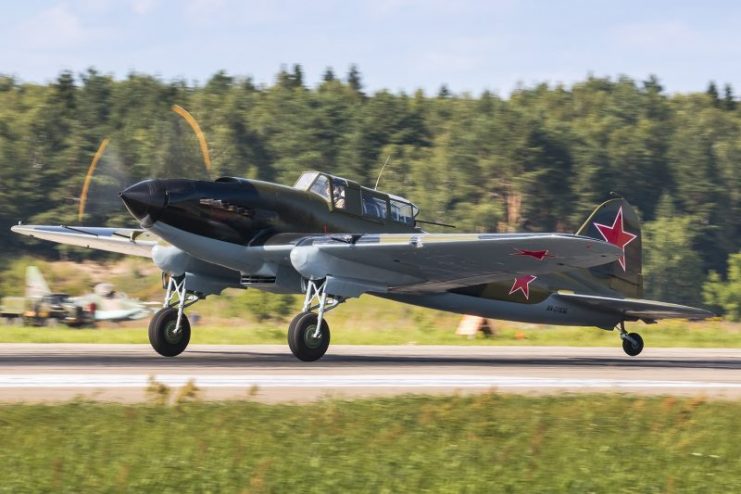
CC BY-SA 2.0
The two flyable IL-2s that are in existence are not pristine examples and fly only with non-original parts.
The first is a rebuild that incorporated parts of an Il-2 recovered in a swamp. The plane uses an American engine instead of the Soviet one. The second is also a restored plane recovered from a lake and incorporates new parts to enable it to fly.
